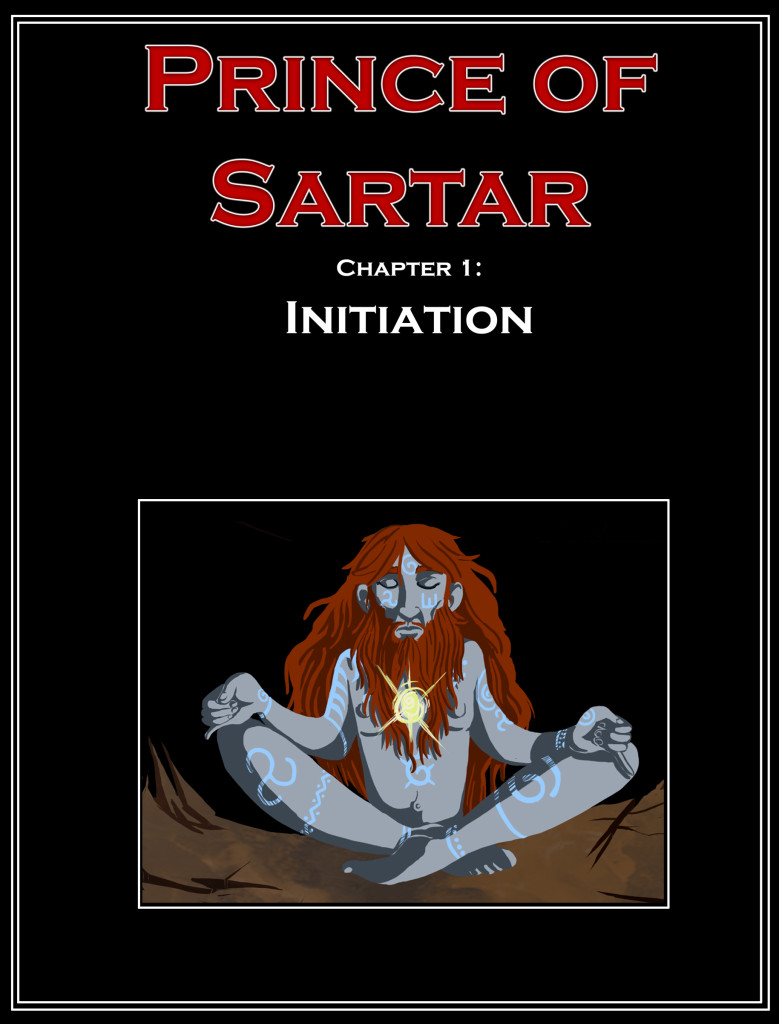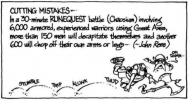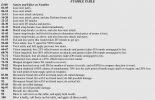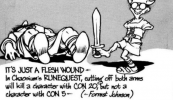Hugo Barbosa
Pubber
- Joined
- Feb 12, 2020
- Messages
- 5
- Reaction score
- 15
Sort of a long title, but here's the gist of it: I'm trying to wrap my head around Glorantha. I've backed the Runequest 2 kickstarter back in 2015 (?) and I really enjoy how slim and minimalist the rules are. I've always been a fan of the BRP, having played Call of Cthulhu back in the day (if you count the 1990s as "back in the day"). Since then, I always envisioned a campaign in Glorantha, but there is, I think, a content overload that goes back for 40 years now. Even consulting the Guides to Glorantha is a slog, with so much back and forth, and names that really don't mean anything, even if I want to focus on a specific area, say Dragon Pass. My question is for veterans and new GMs alike:
- How was your Glorantha back in 1980 when there was so little material to work with? Did you invent all your stuff? Was each Glorantha game unique?
- With no heroquesting rules, how did you manage that part of the game? Was it integral? Not so much?
- Anyone considered using Heroquests as an exploration of the myths of Glorantha and also as a world building component? You invent your own Glorantha myths that become fixed in your campaign but are different from every other campaign.
I'd like to get the ball rolling and perhaps come up with some more questions.
- How was your Glorantha back in 1980 when there was so little material to work with? Did you invent all your stuff? Was each Glorantha game unique?
- With no heroquesting rules, how did you manage that part of the game? Was it integral? Not so much?
- Anyone considered using Heroquests as an exploration of the myths of Glorantha and also as a world building component? You invent your own Glorantha myths that become fixed in your campaign but are different from every other campaign.
I'd like to get the ball rolling and perhaps come up with some more questions.








 Though rather than "Follow Chosen Leaders", the obvious compromise would be to split the difference in whatever combination works best for you. Don't like the FamHist, the Passions, and/or the Runes? Then ditch 'em, and you're pretty much back in a RQ-like space, or whatever point in between works best for you.
Though rather than "Follow Chosen Leaders", the obvious compromise would be to split the difference in whatever combination works best for you. Don't like the FamHist, the Passions, and/or the Runes? Then ditch 'em, and you're pretty much back in a RQ-like space, or whatever point in between works best for you.
 If I was a Godlearner I'd say it's a Troll take on Eurmal. If I was following cannon, I would have never have written it. It would either be a straightforward Eurmal or Argan Argar cult.
If I was a Godlearner I'd say it's a Troll take on Eurmal. If I was following cannon, I would have never have written it. It would either be a straightforward Eurmal or Argan Argar cult. ?
? .
.